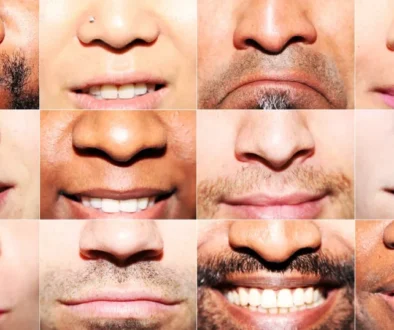11 Steps Towards Daily Mindfulness
 By becoming more aware of our thoughts, feelings, and body sensations, from moment to moment, we give ourselves the possibility of greater freedom and choice; we do not have to go down the same old “mental ruts” that may have caused problems in the past.
By becoming more aware of our thoughts, feelings, and body sensations, from moment to moment, we give ourselves the possibility of greater freedom and choice; we do not have to go down the same old “mental ruts” that may have caused problems in the past.
The aim of Mindfulness-Based Cognitive Therapy (MBCT) is to increase awareness so that we can respond to situations with choice rather than react automatically. We do that by practicing to become more aware of where our attention is, and deliberately changing the focus of attention, over and over again.
1. When you first wake up in the morning: before you get out of bed, bring your attention to your breathing. Observe five mindful breaths.
2. Notice changes in your posture. Be aware of how your body and mind feel when you move from lying down to sitting, to standing, to walking. Notice each time you make a transition from one posture to the next.
3. Use any sound as the bell of mindfulness. Whenever you hear a phone ring, a bird sing, a train pass by, laughter, a car horn, the wind, the sound of a door closing—really listen and be present and awake.
4. Throughout the day: take a few moments to bring your attention to your breathing. Observe five mindful breaths.
5. Whenever you eat or drink something, take a minute and breathe. Look at your food and realize that the food was connected to something that nourished its growth. Can you see the sunlight, the rain, the earth, the farmer, the trucker in your food? Pay attention as you eat, consciously consuming this food for your physical health. Bring awareness to seeing your food, smelling your food, tasting your food, chewing your food, and swallowing your food.
6. Notice your body while you walk or stand. Take a moment to notice your posture. Pay attention to the contact of the ground under your feet. Feel the air on your face, arms, and legs as you walk. Are you rushing?
7. Bring awareness to listening and talking. Can you listen without agreeing or disagreeing, liking or disliking, or planning what you will say when it is your turn? When talking, can you just say what you need to say without overstating or understating? Can you notice how your mind and body feel?
8. Whenever you wait in a line, use this time to notice standing and breathing. Feel the contact of your feet on the floor and how your body feels. Bring attention to the rise and fall of your abdomen. Are you feeling impatient?
9. Be aware of any points of tightness in your body throughout the day. See if you can breathe into them and, as you exhale, let go of excess tension. Is there tension stored anywhere in your body? For example, your neck, shoulders, stomach, jaw, or lower back? If possible, stretch or do yoga once a day.
10. Bring mindfulness to each activity. Focus attention on daily activities such as brushing your teeth, washing up, brushing your hair, putting on your shoes, doing your job.
11. Before you go to sleep at night: take a few minutes and bring your attention to your breathing. Observe five mindful breaths
Commentary by My Gut Instinct
Mindfulness is the practice of purposely focusing your attention on the present moment and accepting it without judgment. Some experts believe that mindfulness works in part by helping individuals accept their personal experiences, even painful ones, rather than react with aversion and avoidance. This practice is now being studied scientifically and has been found to have a key role in happiness, and improves well-being, physical, and mental health. Learn to stay in the present and fully participate in your life by taking a few moments in your day to practice mindfulness!



